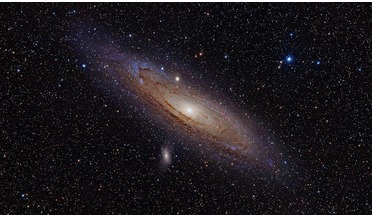 16 February 2018
New study shows Andromeda is not that big after all
16 February 2018
New study shows Andromeda is not that big after all
.... The Milky Way and the Andromeda galaxy are expected to collide in roughly 4.5 billion years and this titanic of mergers is likely to produce a giant elliptical galaxy. It is also expected that our galaxy “will eat” two nearby...
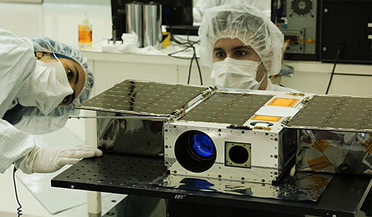 23 April 2018
CubeSats lead the way for new NASA missions
23 April 2018
CubeSats lead the way for new NASA missions
NASA’s TESS mission might have stolen all of the headlines recently in it’s quest to find more exoplanets, but another mission from NASA has recently shown that you don’t need to be big and burly to reap the same rewards. Called ASTERIA, or the ...
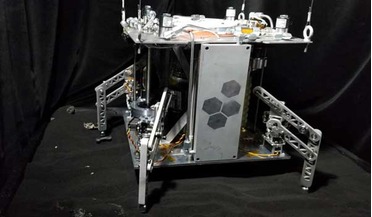 14 January 2019
New steam-powered asteroid hopper that could run 'forever'
14 January 2019
New steam-powered asteroid hopper that could run 'forever'
... scientist Phil Metzger. “It’s awesome. We could potentially use this technology to hop on the Moon, Ceres, Europa, Titan, Pluto, the poles of Mercury, asteroids — anywhere there is water and sufficiently low gravity,” explained Metzger. Metzger...
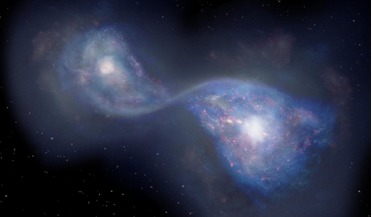 01 July 2019
Earliest known galaxy merger detected by ALMA
01 July 2019
Earliest known galaxy merger detected by ALMA
A galaxy which is emitting signals of oxygen, carbon and dust has turned out to be the earliest example of a galaxy merger that occurred less than one billion years after the Big Bang. Astronomers using the superb resolving power of the Atacama ...
 06 January 2020
New evidence suggests that Venus has active volcanoes
06 January 2020
New evidence suggests that Venus has active volcanoes
A few worlds in our Solar System are volcanically active; Saturn’s moon Titan spews out water ice, Jupiter’s moon Io has hundreds of volcanoes created from its gravitational dance with ...
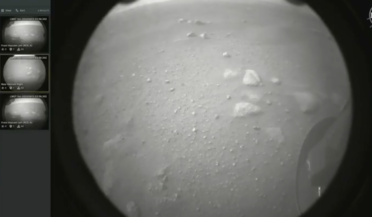 18 February 2021
Success for NASA as Perseverance lands on Mars
18 February 2021
Success for NASA as Perseverance lands on Mars
... is a success, then it is likely that more drones will be sent on subsequent missions, not only to Mars but also to Titan, to map the surfaces of these worlds in greater detail than ever before. Once the mission is ready to get...